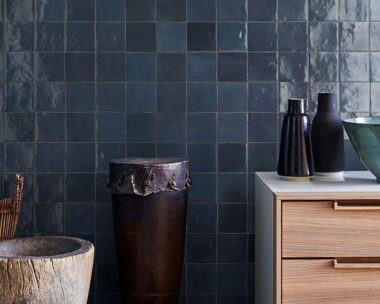I was at an open home a while ago, and the real- estate agent waved her arm at the garden and told the lookers airily that it was “ever so sustainable”.
The dictionary’s first definition of sustainability is “able to be maintained”, followed by “exploiting natural resources without destroying the ecological balance of a particular area”.
I’m certainly failing on the first part, unless you count maintaining weeds, but I’m working on it. The second part’s even harder, but I have to make the effort, because more and more people are asking me how I’m making my garden sustainable and I can’t afford to say I’m not.

Waste not, want not.
The broader definition of sustainability is about using materials whose production doesn’t destroy the natural habitat, or cause pollution during their transportation or end use, along with recycling materials that are already on site. Adhering to the first part of that principle is quite hard. It requires investigation, dedication and sacrifice. For example, using pavers made by the old hippie bloke down the road, rather than the very swish, shell and pebble-encrusted Italian ones that you really, really love that cost a million bucks in fossil fuel to get here.
The second part – recycling – is easier. I’m a scavenger, and my idea of a blissful weekend is being given access to a skip once a building project has been completed. I admit that my enthusiasm for sustainable landscaping is not driven totally by environmental altruism.
I do enjoy the creativity of finding a new purpose for an old piece of kit – it also keeps my bank account sustainable. So, I’d far rather build a stone wall (despite the back-breaking labour) from rocks found locally, than cart in a trailer of concrete blocks that I think are expensive, considering their lack of any aesthetic appeal.

A great example of how to recycle broken concrete and old bricks.
Cutting down cement use was one of the guidelines I found on a website the other day. It replaced concrete walls with alternatives, including dry-stone, rammed earth, turf banks or gabions filled with various recycled materials.
There’s a second level of appeal to this kind of building – you don’t necessarily need a highly trained professional with a certificate and a $120-an-hour price tag to get a good result. Another aesthetically pleasing and sustainable suggestion was to replace gravel with bark chippings, shells, or recycled products, such as tumbled glass. I don’t think I’m going to resurface the carport with glass anytime soon, but I’m keen to use shells wherever possible.
The website also advised gardeners to always use wood from sustainable sources and buy local products where possible, bearing in mind the financial and environmental cost of transportation when purchasing new materials.
We have a border of old, very tall eucalypts on our property, which conveniently die and fall over from time to time, and what’s not useful in the garden is good in the fire.

Shells, crazy paving, ponga logs and native grasses work together in a sustainable garden.
If you’re building, extending or renovating, try to reuse from the existing site. Old paving can be broken up for drainage, and the turf you dig out to make a vege garden can be used to patch up other areas where the grass has died off.
Design your garden to minimise new construction, and use low-tech solutions and materials. And, if you do need construction work done, try and find local contractors who are interested and willing to work within sustainable criteria.
Eco-sourcing is sensible because plants grown locally often do better than those you’ve bought in from miles away. You should also save the seeds from your garden and plant them the following year. The time is coming, they
say, when our gardens will no longer be places of purely visual beauty, but primarily space we will need to produce food. And using your land to feed yourself and your family is, of course, the ultimate in sustainability.
If I sound a bit holier-than-thou, you should know that I am hankering after unusual, exotic plants I find in other parts of the country.
It’s so exciting to order new additions on the net and wait for the courier to deliver your goodies. Naughty, but nice.




